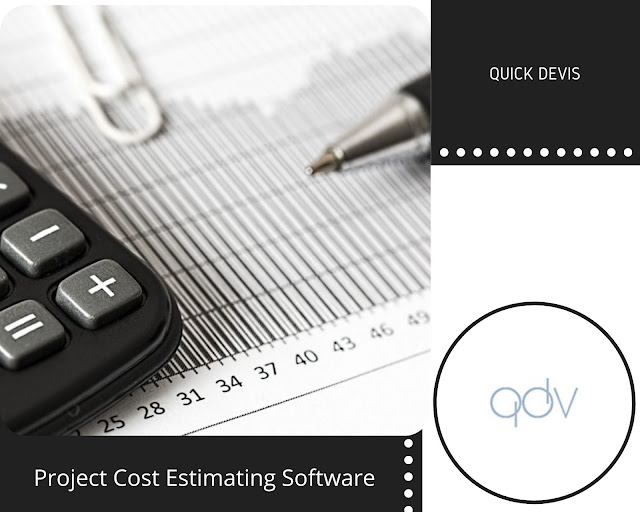Common Mistakes to Avoid When Creating a Work Breakdown Structure
Why Your Work Breakdown Structure May Be Holding Back Your Project
Research indicates that poor planning causes the failure of 39% of projects. Project failure, combined with missed deadlines and budget overruns, stems from an ill-constructed work breakdown structure.
The creation of a work breakdown structure seems simple at first, but minor mistakes lead to major project consequences. As in constructing a house, weak foundations create a danger for the entire structure. Project managers, including experienced professionals, commonly make specific errors while developing their Work Breakdown Structures (WBS).
In this article, we will guide you through the most common errors of creating a work breakdown structure and how to avoid them. If you dream of more seamless project execution and improved cost estimation, read on!
1. Beginning with Tasks and Not Deliverables
The most prevalent error in a work breakdown structure is beginning with tasks and not deliverables.
A WBS must divide the ultimate end product of the project into more manageable, lesser deliverables—not an enumeration of tasks. Starting with tasks means you may be generating a list of things to do instead of a formalised breakdown of what the project will produce.
How to Prevent It: Establish the final objective first. Determine the significant deliverables and divide them into components. After establishing deliverables, you should only then reflect on the activities to perform them.
2. Failure to Adhere to the 100% Rule
The 100% Rule is that a WBS must contain all the work required to finish the project—neither more nor less. However, many managers omit key work or include extraneous details.
How to Avoid It: Before finalising your WBS, ensure that all project work is accounted for. Each level of the structure should add up to 100% of the required work without duplication.
3. Making the WBS Too Detailed or Too High-Level
A work breakdown structure that’s too broad lacks clarity. One that’s too detailed can lead to unnecessary complexity. Striking the right balance is key.
How to Avoid It: Apply the 8/80 Rule—no work breakdown structure elements should require less than 8 hours or greater than 80 hours to finish. This keeps activities realistic without overloading the team.
4. Work Package Disregard and Lack of Assignment of Ownership
Most teams develop a comprehensive WBS without assigning ownership to each component. This creates confusion and accountability problems.
How to Avoid It: Every work package must have an owner who is responsible for its execution. This avoids confusion and facilitates smooth project flow.
5. Omitting Review and Updates
Project managers should use WBS as a dynamic document instead of treating it as static. Project managers typically create these documents yet fail to return them for review, causing their structures to become obsolete from project requirements.
How to Prevent It: Review and revise the WBS regularly as the project moves forward. This will ensure that unexpected changes are taken into consideration and the team remains on track.
6. Not Integrating with Cost Estimation and Scheduling Tools
A project should use work breakdown structures as its foundation for planning, but integration of these structures with scheduling and cost estimation tools will maximise their usefulness.
How to Avoid It: Utilise an estimating tool that is fully integrated with your WBS. This will allow you to monitor costs, schedules, and resources effectively.
Conclusion: Create a Solid WBS and Steer Clear of Costly Blunders
A solidly constructed work breakdown structure can be the difference between project triumph and disaster. Steering clear of these common blunders will save you time, expense, and frustration.
Want a better way to organise your WBS without sacrificing your cost estimates? Use our estimating tool to plan your projects more efficiently and eliminate expensive mistakes. Start today and remove the uncertainty from your projects!



Comments
Post a Comment